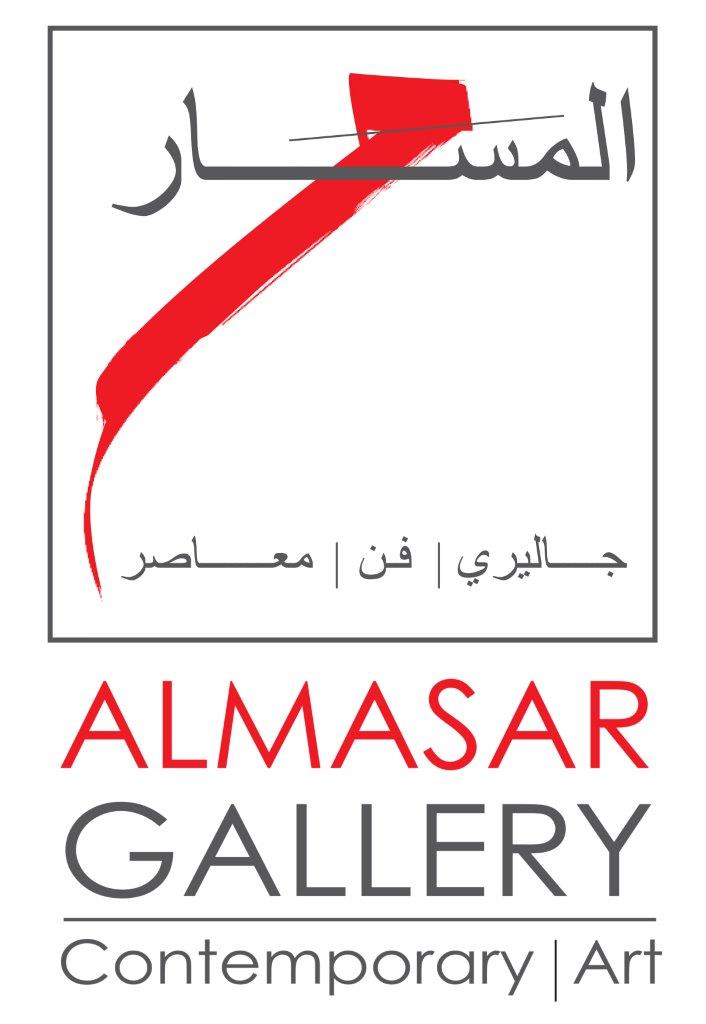During his short but prolific career, Abdel Hadi el-Gazzar rose to become one of the most important Egyptian artists of the postwar period. He began painting in a folk style, influenced by Surrealism and the traditions and motifs of Cairo’s urban landscape and popular religious beliefs, but he transitioned to images of impossible machines and space travel later in his life. His education in Egypt and abroad heavily influenced his art and how it developed over two decades.
El-Gazzar was born in Alexandria, Egypt in 1925 but moved to Cairo in 1936 when his father, an Islamic scholar, took a position at Al-Azhar University. The family settled in the Saida Zainab neighborhood, on the edge of medieval and modern Cairo. El-Gazzar thus grew up enmeshed in urban religious traditions: the moulids celebrating Muslim saints and the mystical imagery of the “popular” classes. Yet, he was also a product of modern middle-class urban milieu, firmly tied to the Egyptian educational system.
El-Gazzar started his academic life in the Faculty of Medicine, abandoning it, to later join the Higher School of Fine Arts, Cairo in 1945 and united with other students, including Samir Rafi, Hamed Nada, Maher Raif, Kamal Youssef, Ibrahim Massouda, Salem al-Habashi (known as Mogli), Mahmoud Khalil to form the “Contemporary Art Group” under the tutelage of their Mentor Artist , philosopher and thinker, Hussein Youssef Amin. These young artists professed a particular artistic ideology to return to their Egyptian identity in their work. Dubbed “Popular Mythologies” by Egyptian art critic Sobhi Sharouny, el-Gazzar’s early style employs traditional and mystical religious themes in a legible figurative style that simultaneously asserts “Egyptianness” and a social temperament with attention to the poor and dispossessed. This style melded perfectly into the atmosphere of the 1952 Free Officers Revolution, which promoted pan-Arab socialist ideals. As a result, el-Gazzar exhibited at the 1952, 1956, and 1960 Venice Biennials as an official Egyptian artist and received scholarships from the government for work and study.
In 1958, el-Gazzar enrolled at the Central Restoration Institute in Rome, Italy. For three years he studied and excelled in courses in restoration, painting, art history, and science among an international group of students. During this time, he also traveled widely in Europe, visiting museums, churches, and art exhibits. Once immersed in this European artistic and scientific study, his painting shifted. Instead of the stories and images of urban Cairo, el-Gazzar created images of impossible machines, complex technologies, and outer space.
His most famous works included aspects both from the earlier “mythologies” and the later images of modernization and the effects of technology. On the one hand, the work espouses a nationalist message through its representation of Nasser era accomplishments, in particular the eponymous National Charter, which laid out Egypt’s new socialist policies. To symbolize the new balance between industry and agriculture, a traditional peasant and a modern worker flank a green woman wearing an amulet of the Egyptian flag. In the background, symbols of Egypt’s economic and technological might appear: the Suez Canal and the Aswan High Dam. Even though, like earlier artists, el-Gazzar employs a metonymic woman to symbolize Egypt, this image instead seems infertile and vacant – an empty symbol. This woman and el-Gazzar’s larger shift to depicting technology express disillusionment with the increasing dysfunction and insularity of the Nasser regime.
After moving from Italy back to Egypt in 1961, el-Gazzar passed away at the age of forty in 1966. He had been teaching at the Faculty of Fine Arts, and his former students, such as Nabil Mostafa, recall the shock and sadness at his early death. He continues to be well-respected as a leader of the postwar era in Egypt, and his distinctive style continues to influence new artists.
The artist’s works have been exhibited at AL MASAR GALLERY FOR CONTEMPORARY ART as part of the collection of the group Exhibitions :
– Nostalgia, in 2009.
– Remembered, Hussein Youssef Amin and the Contemporary Art Group Members, in 2010
Currently , the Artist is one of the most desired and sought after Egyptian Artist, and his works ” along with Mahmoud Said” are the most expensive Artists at the MENA region according His latest sale result at Christie’s London in 2018.










